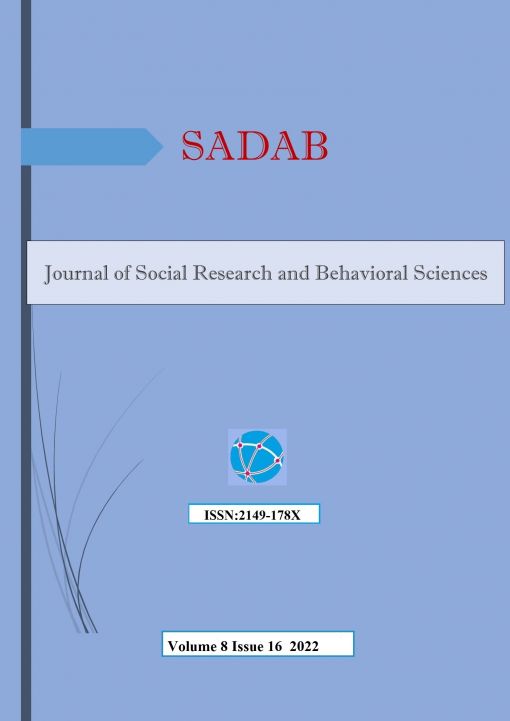Ortaokul Öğrencilerinin Problem Çözme Becerilerinin Solo Taksonomisine Göre İncelenmesi
Investigation Of Problem Solving Skills Of Secondary Students According To Solo Taxonomy
Author(s): Senem Kalaç, Pınar ÇalışkanSubject(s): School education, Educational Psychology, Cognitive Psychology, Present Times (2010 - today)
Published by: SD Yayınevi
Keywords: Problem Solving Skills; SOLO Taxonomy; Alternative Thinking;
Summary/Abstract: The aim of our research is to examine and evaluate the strategies used by secondary school students in solving extraordinary problems according to the SOLO taxonomy. The study group of the research consists of 7 secondary school students in the same secondary school and at different levels in the second semester of the 2021-2022 academic year, selected according to purposeful sampling. Case study, one of the qualitative study patterns, was used in the research. In order to examine the problem solving processes of the students in a planned and systematic way, five open-ended extraordinary problems were selected, the validity and reliability of which were ensured in advance and prepared by taking the opinion of two field experts. The questions were applied to the students through one-to-one interviews and the points they did not understand were clarified. The students were asked to write down the mental processes they used while solving the problems in the interview form. The data obtained were evaluated according to the SOLO taxonomy, which aims to score learning outcomes in a hierarchical order according to the quantity and quality. As a result of the findings, it was seen that the first difficulty experienced by the students in the study group while solving the problems was reading comprehension and interpretation. Although the selected questions were suitable for the level of the student, it was determined that the students had a hard time solving the questions and generally tended to use equations. Another finding was that the students left the questions they had difficulty with and could not develop an alternative solution. It was observed that only one of the students reached the relational structure level of the SOLO taxonomy for the given problems. Other students remained at the unistructural level and the multistructural level. It was observed that no student could reach the extended abstract structure level, which is the highest level in the SOLO taxonomy.
Journal: Sosyal Araştırmalar ve Davranış Bilimleri
- Issue Year: 8/2022
- Issue No: 16
- Page Range: 235-254
- Page Count: 20
- Language: Turkish

